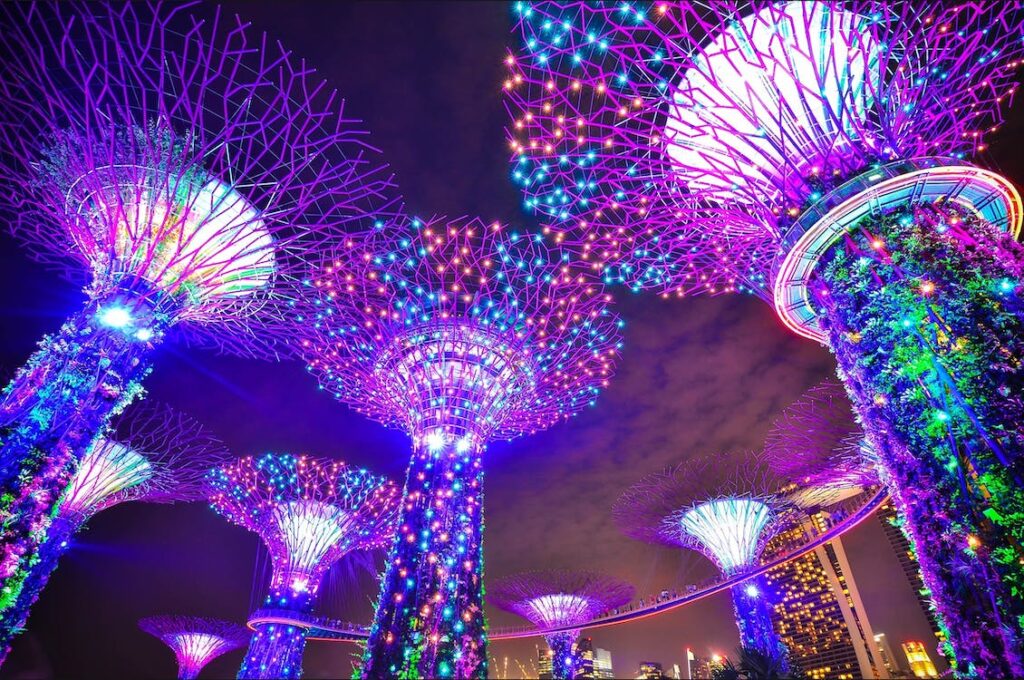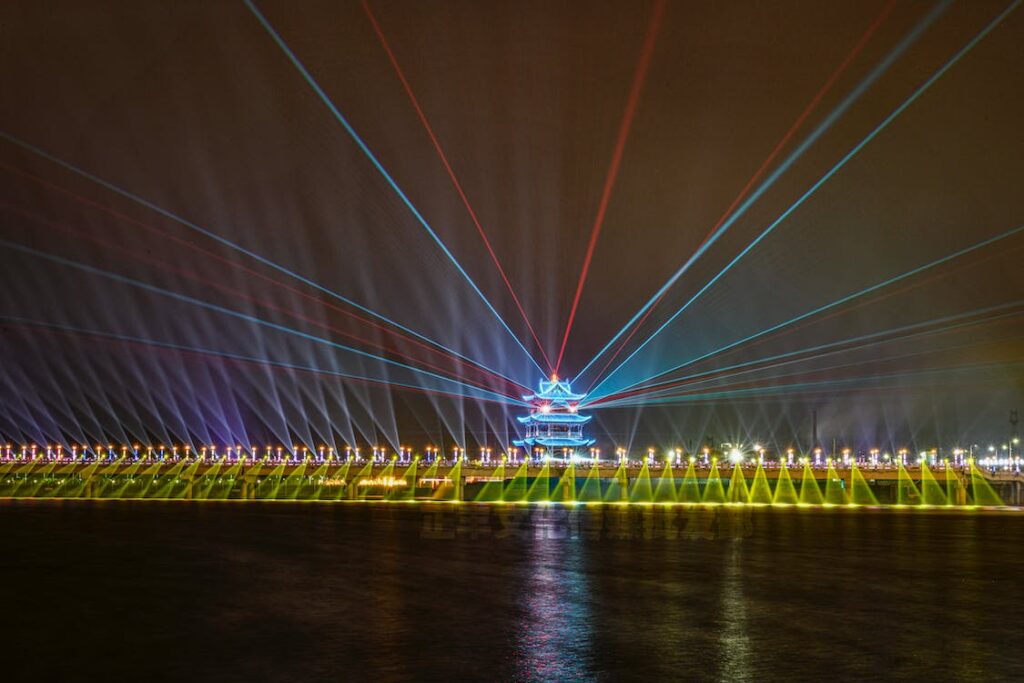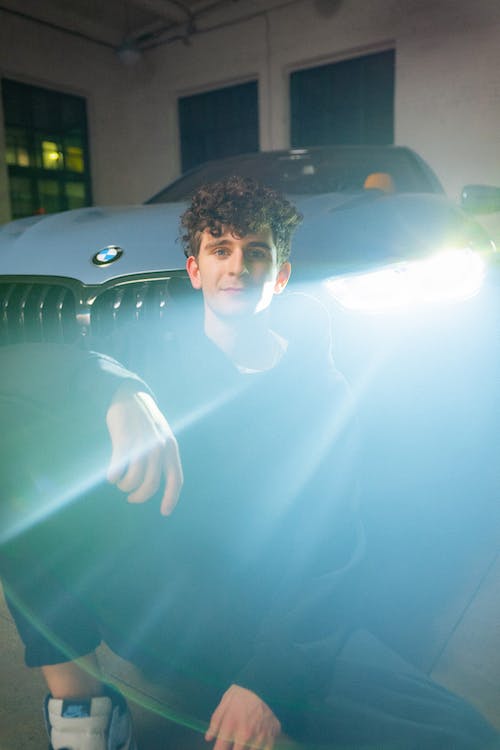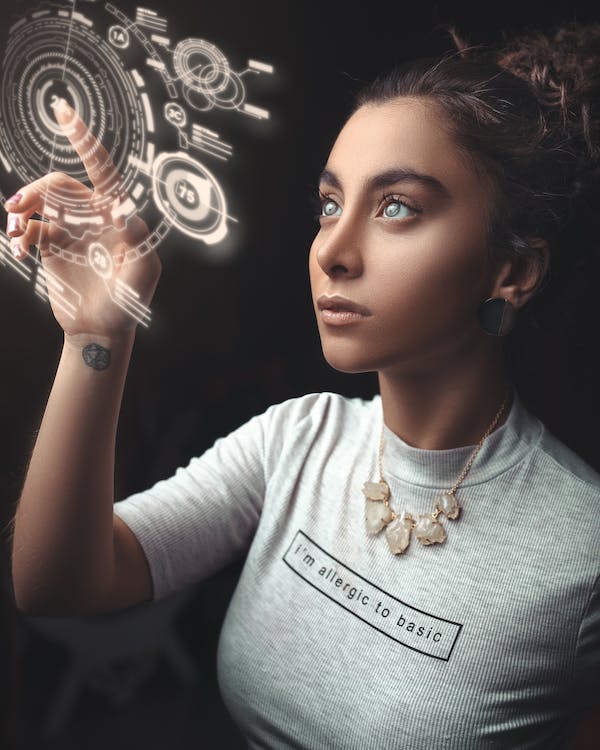
What follows LED Lights, though? We shed some light on it a little bit.
The end of the 19th century witnessed the introduction of the first incandescent light bulbs. In the years that followed, compact fluorescent lights were created in the quest for more energy-efficient lighting, and at the turn of the century, LED lighting started to make headway.
From outdated incandescent lights to cutting-edge LED Lights
Table of Contents
Toggle
As the adage goes, “You won’t know where you’re going if you don’t know where you’ve been.” In other words, looking back at our past might help us predict the future.
The change in lighting happened quite swiftly. We have transitioned from outdated incandescent light bulbs to cutting-edge LED illumination in just 150 years.
Heinrich Gobel created the first incandescent light bulb in 1854. He placed a burned bamboo fibre in an eau-de-cologne bottle that was vacuum sealed to stop the bamboo fibre from burning. The lifespan of that outdated incandescent bulb was only about 400 illumination hours.
Later, researchers including Thomas Edison, Alexander Lodygin, Joseph Swan, and William David Coolidge worked to increase the prototype’s light output and durability.
A typical incandescent light bulb has an efficiency of 10% or so. It follows that a significant portion of the energy is lost as heat. The efficiency of halogen lamps, which are incandescent bulbs that employ inert gas, ranges from 20% to 25%.
Compact fluorescent lights first appeared on the market at the end of the 1980s. Mercury vapour is contained within the bulbs. The mercury vapour in this lamp emits ultraviolet radiation when electricity passes through it. Since ultraviolet light cannot be seen by the human eye, a layer of powder has been applied within the lightbulb to transform UV light into visible light. Compact fluorescent lights (CFLs) are significantly more energy-efficient than incandescent bulbs and halogen lamps, with efficiency rates of about 40%.
Japanese physicist Shuji Nakamura invented the first white LED bulb in 1995. Since then, efficiency has increased exponentially. Compared to the original incandescent bulbs, such lights have a lifespan of 50,000 burning hours and an average light production of 50%.
In the future, expect to see laser Lights !

Nevertheless, there is always room for development. Therefore, a number of researchers are already working on LED lighting’s replacement. We will use lasers in the future, claims Steven DenBaars, a researcher at the University of California, Santa Barbara (UCSB).
A laser diode offers several significant advantages. First of all, compared to LEDs, laser diodes are far smaller. It is even conceivable to illuminate an entire house with only one laser diode because it can create up to 1,000 times as much light for only 2/3 of the energy.
How does that function?
Fibre-optic cable was the answer that Steven DenBaars discovered. Over translucent plastic, the cables can disperse a laser diode’s light. This transforms the intense beam of light into a cosy glow. You can light up various rooms with just a few laser diodes.
BMW laser lights- Headlights

BMW already uses laser lighting in the ‘i8’ hybrid supercar. The headlights of such cars have blue laser lighting, which produces white light when combined with phosphor. As a result, the lighting in vehicles will undoubtedly last longer than the cars themselves.
However, there is a genuine arsenal of uses for laser lights. The development of laser projection technology for theatres is now underway. In just a few years, we might see laser diodes in televisions, smartphones, and outdoor advertising panels.
Is the pace of lighting advancement too quick?
“The downside is that LED lighting is improving too quickly,” stated designer Bertjan Pot. Because lighting technology is developing so quickly, everyday lighting cannot catch up.
By taking a look at how LED lights are used, we can demonstrate the issue. LED lights, as well as laser lighting, can be employed in any shape because of their extreme compactness. They are quite adaptable.
However, standard light bulb connections (such as an E27 fitting) are present in almost all structures. The initial modifications made to the design of the first LED lights caused overheating.
A radical alteration can be implemented with laser lights. As was already indicated, you can light up a whole building with just a few laser diodes and some fibre optic cable. You transport light to the location where it is needed rather than power to a bulb. That is not only simpler to install, but it also uses less energy.
It will probably take several years to make that shift. The potential of LED illumination has currently only been partially realised. Those little diodes will be useful to us for a very long time to come. However, one thing is for sure: The way that our grandchildren or children use light will be completely different from ours.
With their high energy efficiency and long lifespan, LEDs (light-emitting diodes) have already revolutionised the lighting sector. However, scientists are continually looking into new lighting innovations that can improve the way we illuminate our environment even more.

Organic light-emitting diodes (OLEDs) are a promising technology. OLEDs produce light by layering thin layers of organic molecules, as opposed to conventional LEDs, which emit light from inorganic materials. OLEDs have a number of benefits over LEDs, one of which is the capacity to create substantial, flexible, and transparent lighting panels that may be incorporated into a variety of surfaces and objects.

Li-Fi (Light Fidelity), which transmits data using visible light communication (VLC), is another promising solution. Li-Fi is essentially a wireless communication system that transmits data using light waves as opposed to radio frequencies. In addition to being able to be used for illumination, it has the potential to be faster and more secure than Wi-Fi.
The lighting sector is also interested in quantum dot technology. Small semiconductor particles known as quantum dots can be adjusted to emit particular light wavelengths. They provide a high level of colour accuracy and may be utilised to develop incredibly effective and individualised lighting solutions.

In general, it is challenging to anticipate which technology will replace LEDs in the lighting sector next.
